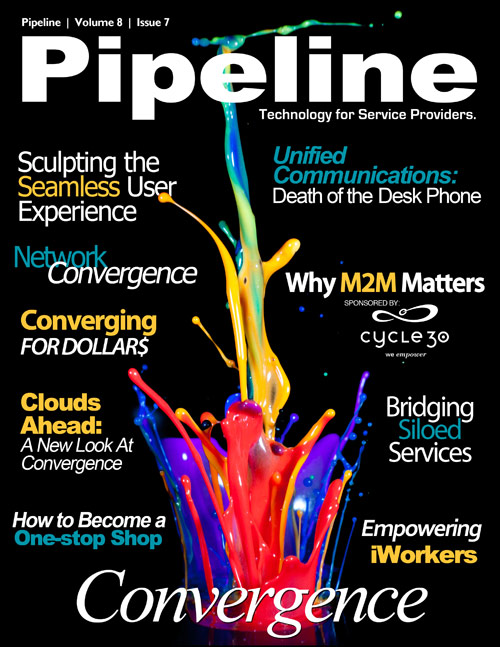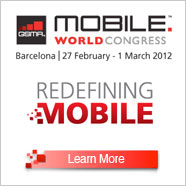And the TSB isn't the only group out there who sees these trends coming down the pike. Gartner released its annual trend predictions for strategic technologies for the coming year a few weeks ago, and a converged communications experience plays a starring role in the analyst firm's outlook. Predictions for the year to come include a continued enthusiasm for media tablets, but the firm warns IT departments to look beyond the current mobile device landscape to anticipate the next big thing. "IT leaders need a managed diversity program to address multiple form factors," Gartner says, "as well as employees bringing their own smartphones and tablet devices into the workplace." The last point is an important one, which we'll revisit in a moment.
Other trends of note in the Gartner report include mobile-centric applications and interfaces, contextual and social user experience, and the "Internet of Things", or IoT. Each of these touches on the idea of the seamless user experience in different ways. The mobile-centric interface issue centers on the notion that different devices require and promote different ways of interacting with data, incorporating touch, voice, or even gesture. A seamless user experience, therefore, is not necessarily a uniform user experience. A great deal of legwork is required to ensure that a consumer's access to data or content is of the highest possible quality on any device. This not only requires a thorough understanding of how to really make each device sing, but also, according to Gartner, "an understanding of fragmented building blocks and an adaptable programming structure that assembles them into optimized content for each device."
The contextual and social user experience, meanwhile, involves using information about the location, preferences, activities, and other contextual attributes of the user to enhance that user's experience. This idea overlaps with the IoT, in that the concept of an "Internet of Things" is rooted in the increasing connectivity of devices through sensors, image recognition software, NFC payments, and other technologies that facilitate increased connectivity that goes beyond traditional user activity to include a flurry of M2M contact conducted on behalf of the user. That's a whole new sort of converged experience. (By the way, you can read more about Gartner's predictions here.)


Going back to the point about employees bringing their personal devices into the workplace, this is another new frontier in the area of convergence: The union of the "personal me" and the "professional me". This fusion is pointed out in a great presentation from a few months back by Cisco's crack in-house consultancy team, the Internet Business Solutions Group (IBSG), which I caught up with on SlideShare recently. When exploring the top-five mobile cloud predictions for the next few years, IBSG Vice President Scott Puopolo predicts that boundaries will blur between the professional and personal spheres of mobile use, with business users demanding, "a unified mobile cloud experience to access both professional and personal content from one device."
In addition, the IBSG predicts an increased demand for a replication of the desktop experience on mobile devices, as well as more business customers using their devices (which the group predicts will be less-frequently smartphones and more-frequently thin-client, cloud-based mobile devices) to attend video conferences. This is a convergence of not only the fixed voice or data line and its mobile counterpart, but the coming-together of a laundry list of usage silos into a new class of user experience.









